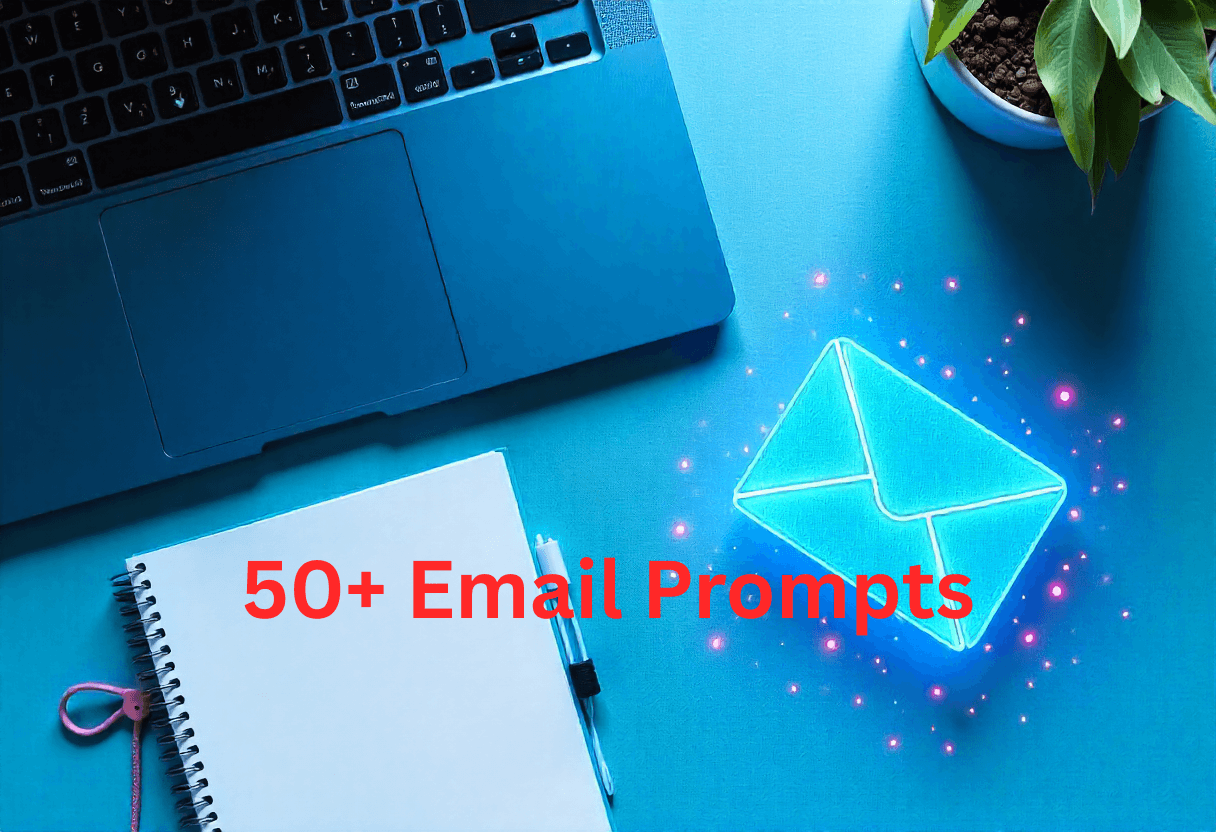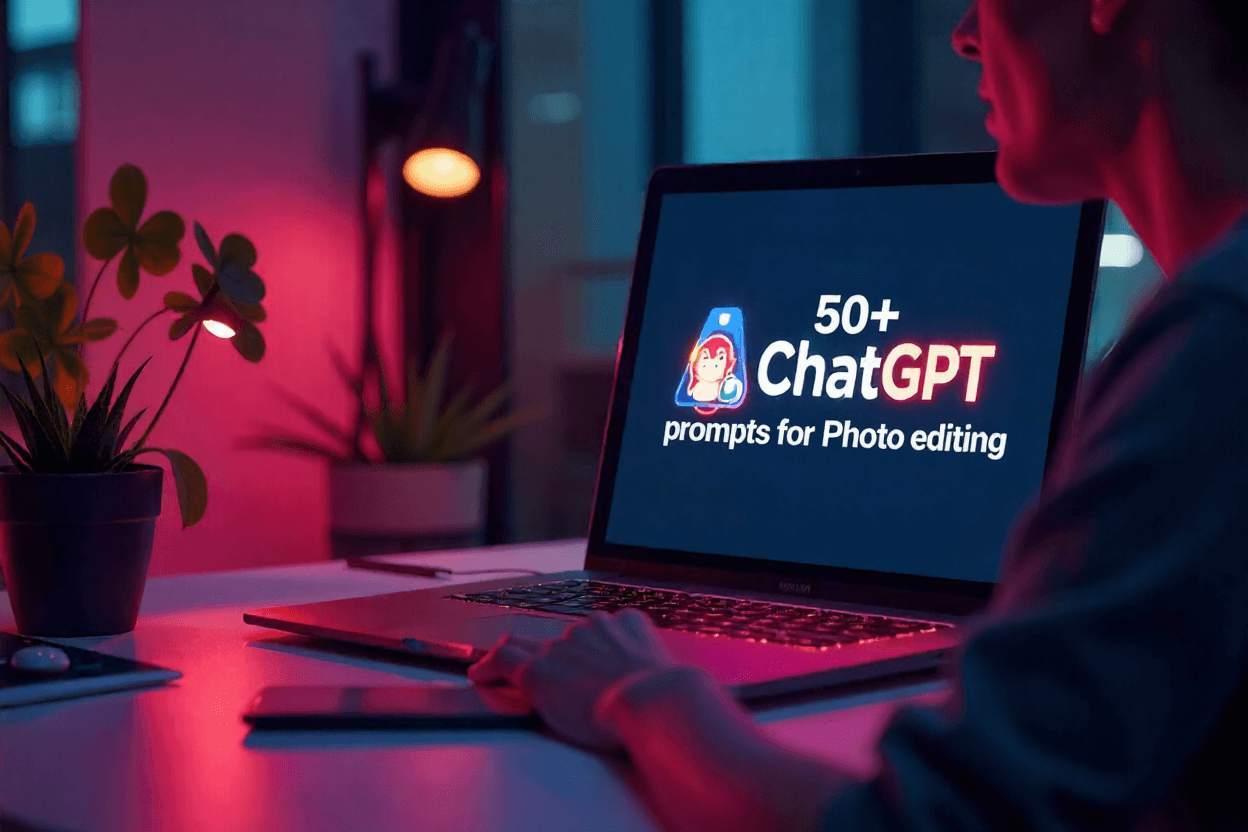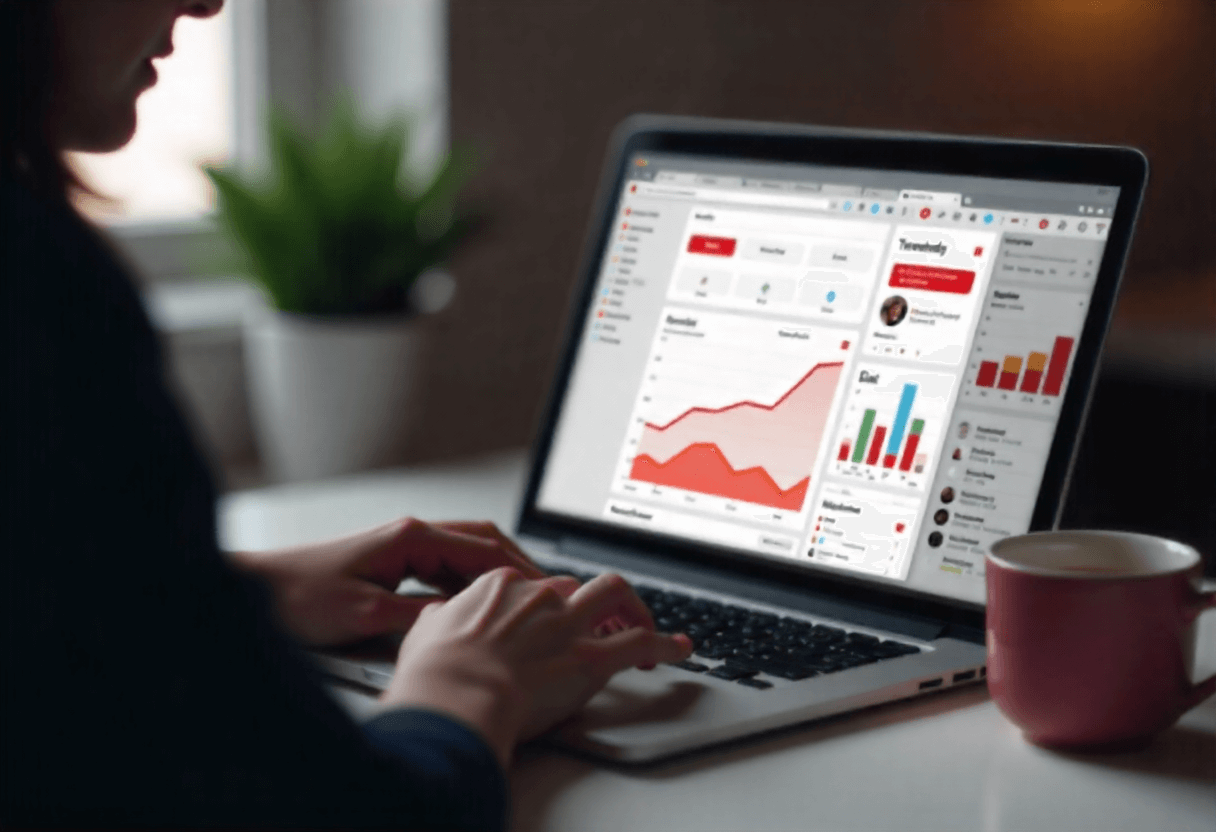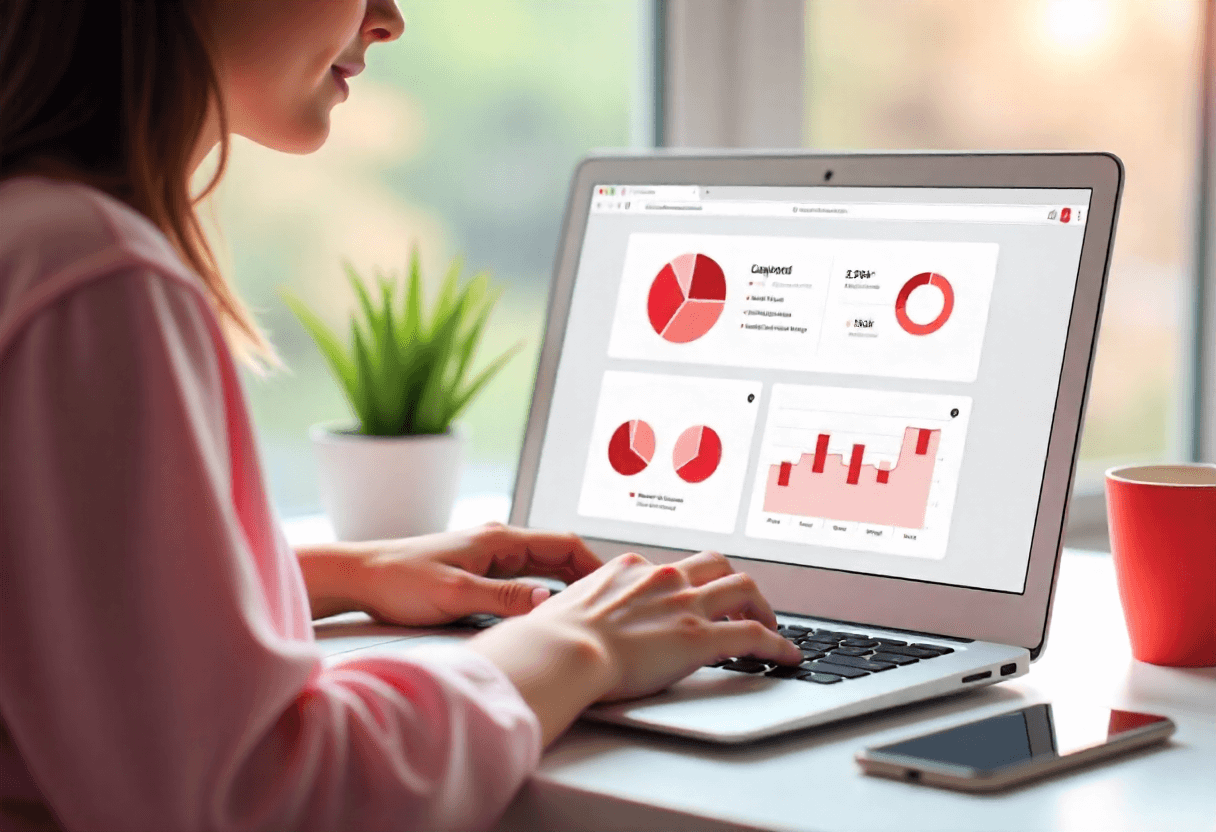
In the rapidly evolving landscape of B2B marketing, where forging meaningful connections and fostering professional relationships is paramount, LinkedIn has emerged as a powerhouse platform. With over 800 million professionals spanning various industries and sectors, LinkedIn offers unparalleled opportunities for businesses to engage with their target audience in a context that is conducive to business networking and collaboration.
In this blog post, we delve into the myriad ways in which LinkedIn can be harnessed to elevate your B2B marketing efforts. From understanding the platform’s audience to crafting compelling content and leveraging its robust features, we’ll explore the strategies and tactics that can help you unlock the full potential of LinkedIn for B2B success.
Join us on this journey as we uncover the keys to establishing a strong presence, nurturing leads, measuring success, and ultimately, driving tangible results through strategic B2B marketing on LinkedIn.
Understanding LinkedIn’s Audience
LinkedIn boasts a unique audience that sets it apart as a premier platform for B2B marketing endeavors. Unlike other social media platforms, LinkedIn is specifically tailored to professionals and businesses, making it an ideal environment for engaging with decision-makers, industry influencers, and potential clients in a professional setting.
Demographic Insights
LinkedIn’s user base predominantly consists of professionals and business leaders from diverse industries and sectors. According to recent data, the platform has over 800 million users worldwide, with a significant portion comprising individuals aged between 25 and 54—the prime demographic for B2B interactions. Additionally, LinkedIn’s audience is characterized by higher levels of education and income, further underscoring its appeal to businesses targeting professionals and decision-makers.
Read More: Twitter Marketing Tactics
Behavior Patterns
Professionals on LinkedIn are actively seeking opportunities to connect, collaborate, and stay informed about industry trends and insights. This translates into a platform where users are more receptive to professional content, networking initiatives, and business-related discussions. Moreover, LinkedIn’s algorithm prioritizes professional content, ensuring that relevant posts and updates are surfaced to users based on their interests and engagement history.
Understanding these demographic and behavioral nuances is crucial for tailoring B2B marketing strategies on LinkedIn. By aligning content and engagement tactics with the preferences and expectations of the platform’s audience, businesses can effectively capture attention, foster relationships, and drive meaningful outcomes in their B2B marketing endeavors.
Building a Strong LinkedIn Presence
Establishing a robust presence on LinkedIn is essential for B2B marketers looking to effectively engage with their target audience and showcase their brand’s expertise and value proposition. Here’s how to build a strong LinkedIn presence:
1. Create an Optimized Company Page
Craft a compelling company description that succinctly communicates your brand’s mission, values, and offerings.
Incorporate relevant keywords to enhance discoverability in search results.
Upload a high-resolution logo and captivating cover image to visually represent your brand.
Complete all sections of the company page, including contact information, website URL, and industry details.
2. Develop Engaging Personal Profiles
Encourage key team members, such as executives and subject matter experts, to create and optimize their LinkedIn profiles.
Highlight professional achievements, skills, and experiences that align with your company’s objectives and industry focus.
Utilize rich media, such as videos, presentations, and articles, to showcase expertise and thought leadership.
Connect personal profiles to the company page to amplify brand visibility and credibility.
3. Share Relevant and Valuable Content
Develop a content strategy that resonates with your target audience’s interests, pain points, and informational needs.
Share a mix of curated and original content, including articles, industry insights, thought leadership pieces, and case studies.
Leverage multimedia formats, such as images, videos, and infographics, to diversify content and increase engagement.
Consistently post and engage with content to maintain visibility and foster community engagement.
4. Engage with Your Audience
Actively participate in conversations and discussions within LinkedIn groups relevant to your industry or niche.
Respond promptly to comments, messages, and connection requests to demonstrate attentiveness and accessibility.
Use LinkedIn’s messaging and InMail features to initiate personalized conversations with prospects and stakeholders.
Encourage employees to engage with company content and share updates with their networks to amplify reach and engagement.
5. Showcase Company Culture and Values
Share behind-the-scenes content, employee spotlights, and company culture initiatives to humanize your brand and attract top talent.
Highlight corporate social responsibility efforts, sustainability initiatives, and community involvement to showcase your brand’s values and impact.
Encourage employee advocacy by providing training, resources, and incentives for sharing company updates and achievements on LinkedIn.
Read More: Instagram Marketing: Tips and Strategies for Success
Content Strategy for B2B Success
Developing a robust content strategy is integral to achieving success in B2B marketing on LinkedIn. Here are key elements to consider when crafting your content strategy:
1. Audience Understanding
Conduct thorough research to understand your target audience’s demographics, interests, pain points, and informational needs.
Identify the key decision-makers, influencers, and stakeholders within your target industries or sectors.
Tailor your content to address the specific challenges, trends, and topics relevant to your B2B audience.
2. Educational and Informative Content
Create content that provides valuable insights, practical tips, and actionable advice to educate and empower your audience.
Share industry reports, whitepapers, case studies, and research findings that demonstrate your expertise and thought leadership.
Position your brand as a trusted source of information by delivering high-quality, data-driven content that addresses industry pain points and offers solutions.
3. Thought Leadership Content
Showcase your brand’s thought leadership by publishing articles, blog posts, and opinion pieces that offer unique perspectives and insights.
Engage with industry trends, emerging technologies, and future predictions to establish credibility and relevance within your niche.
Collaborate with industry experts, influencers, and partners to co-create content and leverage their expertise to enhance your brand’s authority.
4. Visual and Multimedia Content
Incorporate visual elements, such as images, infographics, and videos, to enhance the visual appeal and shareability of your content.
Utilize multimedia formats to convey complex ideas, showcase product demonstrations, and tell compelling stories about your brand and offerings.
Experiment with interactive content formats, such as polls, quizzes, and live streams, to increase engagement and foster meaningful interactions with your audience.
5. Content Distribution and Amplification
Develop a distribution strategy to ensure your content reaches the right audience at the right time.
Utilize LinkedIn’s targeting options and ad formats to promote your content to specific demographics, industries, or job titles.
Encourage employees, partners, and brand advocates to share and amplify your content within their networks to extend reach and engagement.
Monitor content performance metrics, such as views, likes, shares, and comments, to identify top-performing content and optimize future campaigns.
Read More: Leveraging Facebook Ads for Maximum ROI
Leveraging LinkedIn Features for B2B Marketing
LinkedIn offers a myriad of features that are specifically designed to facilitate B2B marketing initiatives and connect businesses with their target audience. Here’s how to leverage key LinkedIn features for B2B marketing success:
1. LinkedIn Ads
Utilize LinkedIn’s advertising platform to create targeted ad campaigns aimed at reaching specific demographics, industries, job titles, and interests.
Choose from various ad formats, including sponsored content, text ads, and dynamic ads, to effectively convey your message and achieve your marketing objectives.
Leverage LinkedIn’s robust targeting options, such as Company Size, Job Function, and Seniority Level, to ensure your ads are seen by decision-makers and influencers within your target audience.
2. LinkedIn Company Pages
Optimize your company page to showcase your brand’s products, services, and value proposition to potential clients and partners.
Regularly update your company page with engaging content, including company news, industry insights, thought leadership articles, and multimedia content.
Encourage employees to follow and engage with your company page to amplify reach and increase brand visibility among their professional networks.
3. LinkedIn Groups
Join and participate in LinkedIn groups relevant to your industry, niche, or target audience to engage in conversations and establish thought leadership.
Share valuable insights, answer questions, and provide solutions to demonstrate your expertise and build credibility within the community.
Create and manage your own LinkedIn group to cultivate a community of like-minded professionals and foster discussions around topics related to your brand and offerings.
4. LinkedIn Sales Navigator
Empower your sales team with LinkedIn Sales Navigator, a powerful tool that provides advanced search and lead generation capabilities.
Utilize Sales Navigator’s lead recommendations, saved searches, and custom alerts to identify and connect with potential prospects who match your ideal customer profile.
Personalize outreach messages and engagement strategies based on insights gathered from Sales Navigator, such as job changes, company updates, and shared connections.
5. LinkedIn Events
Host virtual or in-person events on LinkedIn to engage with your target audience, promote thought leadership, and generate leads.
Use LinkedIn’s event features to create event pages, send invitations, and manage registrations, allowing attendees to RSVP and engage with event content.
Share event updates, speaker profiles, agenda details, and exclusive content to build anticipation and drive attendance.
Read More: Strategies for Successful Social Media Advertising Campaigns
Nurturing Leads and Building Relationships
In B2B marketing, nurturing leads and fostering relationships is essential for driving conversions and long-term business growth. Here’s how to effectively nurture leads and build relationships on LinkedIn:
1. Personalized Outreach
Send personalized connection requests and messages to leads, addressing them by name and referencing mutual connections or shared interests.
Tailor your messaging to each lead’s specific needs, challenges, and pain points, demonstrating that you understand their business and can provide value.
2. Engaging Content
Share valuable and relevant content that addresses the informational needs and interests of your target audience.
Use a mix of formats, including articles, videos, infographics, and case studies, to keep leads engaged and provide diverse perspectives on industry topics.
3. Thought Leadership
Position yourself and your brand as thought leaders in your industry by sharing insights, opinions, and expertise on relevant topics.
Publish articles, blog posts, and whitepapers that showcase your knowledge and offer innovative solutions to industry challenges.
4. Relationship Building
Engage with leads on LinkedIn by liking, commenting, and sharing their posts, demonstrating genuine interest in their work and opinions.
Offer assistance, advice, and support whenever possible, showing that you’re invested in their success and well-being.
5. Lead Nurturing Campaigns
Develop targeted lead nurturing campaigns using LinkedIn’s messaging and InMail features to deliver personalized content and offers to leads at different stages of the sales funnel.
Use automation tools to schedule follow-up messages and reminders, ensuring consistent and timely communication with leads.
6. Providing Value
Focus on providing value to leads throughout the nurturing process, whether through educational resources, product demonstrations, or exclusive offers.
Be transparent and honest in your communications, addressing any concerns or objections leads may have and providing solutions that address their needs.
7. Building Trust
Build trust with leads by delivering on promises, providing exceptional customer service, and maintaining open and transparent communication.
Showcase testimonials, case studies, and success stories from satisfied customers to demonstrate your track record of delivering results.
Measuring Success and Iterating Strategies
In the dynamic realm of B2B marketing on LinkedIn, measuring success and iteratively refining strategies are crucial steps toward achieving optimal results. Here’s how to effectively measure success and iterate strategies for continuous improvement:
1. Define Key Performance Indicators (KPIs)
Identify and define specific KPIs that align with your B2B marketing objectives, such as lead generation, engagement rate, website traffic, conversion rate, and ROI.
Ensure that your KPIs are measurable, realistic, and relevant to your overall business goals.
2. Track and Analyze Performance Metrics
Utilize LinkedIn Analytics and other relevant tools to track performance metrics across various aspects of your B2B marketing efforts, including content engagement, follower growth, ad performance, and lead generation.
Monitor key metrics such as impressions, clicks, likes, shares, comments, conversion rates, and cost per acquisition (CPA) to gauge the effectiveness of your campaigns.
3. Analyze Audience Insights
Gain insights into your LinkedIn audience demographics, behaviors, and preferences to better understand their needs and tailor your marketing strategies accordingly.
Use audience segmentation and targeting options to reach specific segments of your target audience with relevant content and offers.
4. A/B Testing and Experimentation
Conduct A/B tests and experiments to evaluate different elements of your B2B marketing campaigns, such as ad creatives, messaging, targeting criteria, and content formats.
Analyze the results of your experiments to identify best practices, optimize performance, and refine your strategies based on data-driven insights.
5. Iterate and Refine Strategies
Continuously iterate and refine your B2B marketing strategies based on the insights gleaned from performance metrics, audience feedback, and competitive analysis.
Adjust your tactics, messaging, and targeting criteria as needed to better align with changing market dynamics, industry trends, and audience preferences.
6. Benchmarking and Industry Comparisons
Benchmark your B2B marketing performance against industry standards and competitor benchmarks to gain context and identify areas for improvement.
Analyze industry trends and best practices to stay ahead of the curve and adapt your strategies to emerging opportunities and challenges.
7. Regular Reporting and Communication
Generate regular reports summarizing your B2B marketing performance, highlighting key insights, successes, and areas for improvement.
Communicate findings and recommendations to key stakeholders, including management, sales teams, and other relevant departments, to ensure alignment and drive continuous improvement efforts.
Tips for Maximizing LinkedIn’s Potential
LinkedIn offers unparalleled opportunities for B2B marketers to connect with their target audience, establish thought leadership, and drive business growth. Here are some tips for maximizing LinkedIn’s potential in your B2B marketing efforts:
1. Complete and Optimize Your Profile
Ensure your LinkedIn profile is complete and up-to-date with relevant information about your professional experience, skills, and achievements.
Use keywords strategically in your profile headline, summary, and experience sections to improve visibility in search results.
Add a professional photo and customize your profile URL to make a strong first impression and enhance credibility.
2. Build a Strong Network
Connect with industry peers, clients, prospects, and thought leaders to expand your professional network and increase your reach on LinkedIn.
Personalize connection requests with a brief message explaining why you’d like to connect and how you can provide value to the recipient.
Engage regularly with your network by liking, commenting, and sharing their posts to nurture relationships and stay top-of-mind.
3. Share Valuable Content Consistently
Develop a content strategy focused on providing valuable insights, tips, and resources that resonate with your target audience.
Share a mix of original content, curated articles, industry news, and thought leadership pieces to keep your audience engaged and informed.
Experiment with different content formats, such as videos, infographics, and polls, to diversify your content and capture attention.
4. Participate in LinkedIn Groups
Join relevant LinkedIn groups within your industry or niche to engage in discussions, share insights, and connect with like-minded professionals.
Contribute valuable content and participate actively in group conversations to establish yourself as a trusted authority and expand your network.
Avoid overly promotional or self-serving behavior and focus on adding value to the group community.
5. Utilize LinkedIn Ads Effectively
Leverage LinkedIn’s advertising platform to target specific demographics, industries, job titles, and interests relevant to your B2B audience.
Test different ad formats, targeting options, and messaging variations to optimize performance and maximize ROI.
Monitor ad metrics closely and adjust your campaigns based on performance data to ensure optimal results.
6. Engage with Insights and Analytics
Regularly review LinkedIn Analytics to track the performance of your posts, profile views, and engagement metrics.
Analyze audience demographics, behavior patterns, and content preferences to refine your targeting and content strategy.
Use data-driven insights to identify trends, opportunities, and areas for improvement in your B2B marketing efforts.
7. Stay Active and Consistent
Maintain an active presence on LinkedIn by posting and engaging with content regularly to keep your audience engaged and build momentum.
Respond promptly to messages, comments, and connection requests to demonstrate responsiveness and professionalism.
Consistency is key to maximizing LinkedIn’s potential, so set a schedule for posting and engagement and stick to it.
Conclusion
In conclusion, LinkedIn has emerged as an indispensable tool for B2B marketers seeking to connect with their target audience, establish credibility, and drive business growth. With its vast network of professionals, robust features, and diverse content opportunities, LinkedIn offers unparalleled potential for B2B marketing success.
By leveraging LinkedIn’s features effectively, including optimized profiles, engaging content, targeted advertising, and active participation in groups and discussions, businesses can expand their reach, nurture leads, and build meaningful relationships within their industry.






